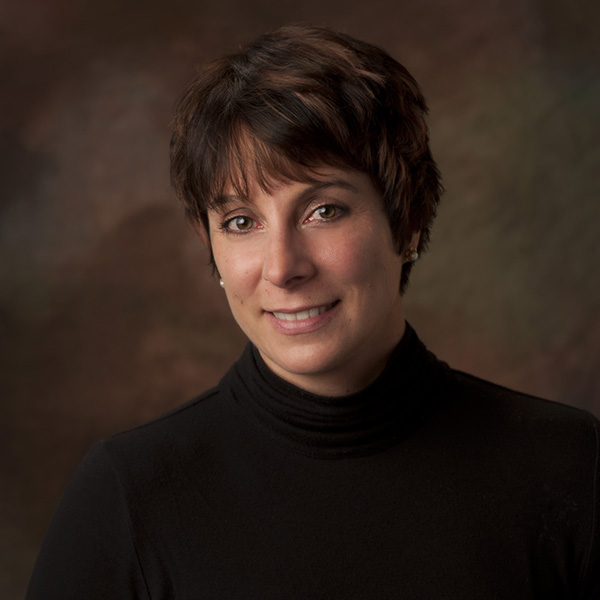
MonkeyBusinessImages/Shutterstock
.
Why did no one tell me?
I’ve heard this question countless times. The last time it came from one of our foster youth interns who had just completed her first year at an elite university and had decided she couldn’t afford to go back as she was exiting care. She was working on a spreadsheet of all the college support services that were available to New York City current foster youth like her when it hit home. This list of resources would have saved her a lot of heartache, stress and money. If she had only known. “Why did no one tell me?”
For those of us committed to helping our young people in foster care become successful, independent adults, this is a question we need to address. It is why only 8 percent of foster youth achieve a college degree by age 26 compared to 47 percent of their low-income peers, according to John Burton Advocates for Youth. It is why within four years of aging out, 50 percent will be unemployed and 70 percent will be on government assistance, according to research by Chapin Hall and the Conrad N. Hilton Foundation. It is why we fail them. Not because we aren’t working on solutions, it’s because we aren’t telling those who need to know and connecting them.

Serita Cox
What our youth don’t know, many of us don’t know either. We don’t know the cornucopia of resources that exist for current and former foster youth. If we’ve heard about them, we may not know how to go about acquiring them, or what eligibility criteria there are, or if there are deadlines or even who we’re supposed to ask about all these questions. This lack of information and our inability “to tell” our youth is devastating.
The 2016 CalYouth Study by Chapin Hall found that 100 percent of foster youth they surveyed stated their biggest issue while in college was affordability. This was the major reason why they would drop courses, drop out and eventually not complete college. This despite the fact that foster youth should be going to college for free, getting living allowances and having prioritized opportunities for work study, internships and employment. Yet only 9 percent receive a CalGrant, 50 percent receive a Pell Grant and 11 percent receive employment support.
Sure, 40 percent of youth said the academics were harder, but that should be addressed too — right there on campus. Sadly, only 27 percent of foster youth access campus support programs. Even worse, nearly a third had no idea such programs exist. This in California, a state that prides itself on creating such lauded programs as Guardian Scholars for college foster youth.
This is not a California-only problem. In New York City, only 59 percent of eligible foster youth receive Chafee ETV funds, 12 percent receive post-secondary educational support and 11 percent receive educational financial assistance. As a result, in 2016 only 12 percent of New York City foster youth who were aging out of care were enrolled in college or vocational programs, according to the New York State Office of Children and Family Services.
Knowledge gap is national
And it’s not much better nationally, where only 26 percent of foster youth receive post-secondary educational support and 18 percent receive educational financial assistance. This, despite these being specific child welfare independent living services required to be provided, paid for and reported yearly by local, state and federal governments.
And it gets worse. If we look outside child welfare at the resources that our youth sorely need but don’t know exist, the knowledge gap gets even larger. According to the WIOA (Workforce Innovation and Opportunity Act) Youth Program National Performance Report, 2017, only 3 percent of foster youth participated in job skills training and employment services.
With the current focus on disconnected and opportunity youth by WIOA-funded programs nationwide, one would hope many more of our current and former foster youth would know about and be encouraged to participate. And don’t blame our youth — they want to work. According to Chapin Hall, 88.5 percent of foster youth at age 19 want to work, while 67 percent are unemployed and only 15 percent have worked in the last week for pay.
No wonder the shock and despair of “Why did no one tell me?”! More resources exist than any of us know, in every state, in every town, on every college campus. Some were designed specifically for our young people. Some were designed for a broader group of young people, including ours. Many are underutilized and risk disappearing if we can’t connect our community to them.
This is a problem.
At iFoster, this is what we’re focused on solving. We’re on a mission to hunt down, validate and make available in a single place via our online portal every darn resource our youth can use. We’re building tools so youth can figure out what they need, easily get them and learn about resources they may have not even known they needed. We’re employing our own young people, the ones who have lived and learned the hard way, to provide guidance and advice, design easy learning modules, build our YouTube channel of need-to-know info and do outreach to their peers.
In February, an army of iFoster TAY AmeriCorps members, all current or former foster youth, will set up on campuses across Los Angeles and the Bay Area to be the resource experts for their peers. They will be informing thousands of transition-age current and former foster youth about the resources that exist mere steps or clicks away. And yes, some of them might have tearful realizations that no one ever told them about what is out there for them. But they know that is the point. That is how they want to serve our community.
We encourage every member of our community to be resource hunters. Send resources to us and we will validate and list them. Send foster youth to us and we will help connect them. As a community we can solve this problem, close the resource gap and ensure our youth have what they need to succeed.
Serita Cox founded iFoster with her husband Reid in October 2010. She brings to bear her personal experience in foster care, devoted commitment to a number of youth development initiatives and a decade-plus of experience in executive-level management at Fortune 100 companies, corporate strategy consulting and nonprofit strategy consulting.



























